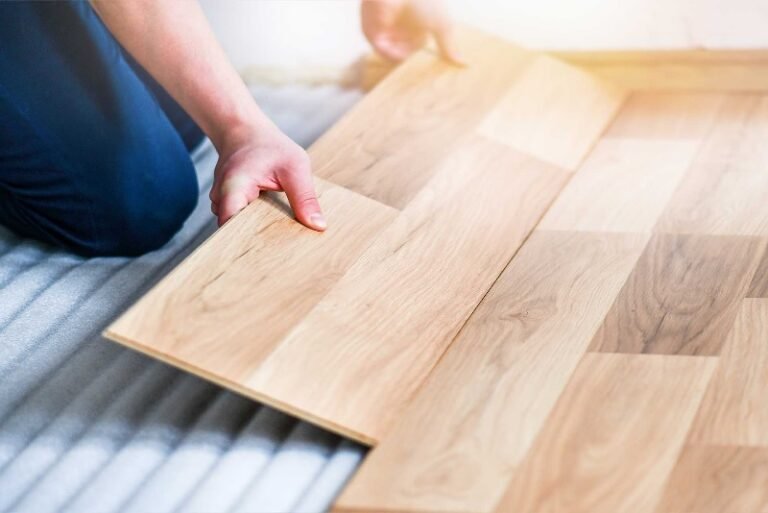Laminate flooring has gained immense popularity in recent years due to its affordability, aesthetic appeal, and ease of installation. When considering laminate flooring for your home, one crucial factor to evaluate is its lifespan. Understanding what to expect in terms of durability and longevity can help you make an informed decision.
Understanding Laminate Flooring
Laminate flooring is a synthetic product made up of multiple layers. The primary layers include a wear layer, a photographic image layer, a core layer, and a backing layer. The wear layer is designed to protect against scratches, stains, and moisture, while the photographic image layer gives the flooring its realistic appearance, mimicking wood, stone, or tile. The core layer provides stability and durability, and the backing layer offers additional support and moisture resistance.
Factors Affecting the Lifespan of Laminate Flooring
Several factors influence how long laminate flooring will last in your home:
Quality of the Laminate:
High-quality laminate flooring typically lasts longer than lower-quality options. Premium products often come with a thicker wear layer and a more robust core, enhancing their durability.
Installation Quality:
Proper installation is crucial for maximizing the lifespan of laminate flooring. Incorrect installation can lead to gaps, uneven surfaces, and increased susceptibility to damage.
Maintenance and Care:
Regular maintenance significantly impacts the longevity of laminate flooring. Simple practices like sweeping, mopping with a damp cloth, and promptly cleaning up spills can prevent damage and extend the floor’s life.
Foot Traffic:
Areas with high foot traffic will experience more wear and tear. In such areas, laminate flooring may need replacement sooner compared to low-traffic areas.
Environmental Factors:
Exposure to moisture, humidity, and direct sunlight can affect laminate flooring. High humidity can cause the planks to swell and warp, while direct sunlight can lead to fading over time.
Expected Lifespan
On average, laminate flooring can last between 15 to 25 years. However, this estimate can vary based on the aforementioned factors. High-quality laminate in a well-maintained, low-traffic area may last even longer. Conversely, lower-quality laminate in a high-traffic area with poor maintenance may require replacement sooner.
Maximizing the Lifespan of Laminate Flooring
To ensure your laminate flooring lasts as long as possible, consider the following tips:
Choose Quality Materials:
Invest in high-quality laminate flooring with a robust wear layer and a strong core.
Proper Installation:
Hire professional installers or follow manufacturer guidelines meticulously if you opt for DIY installation.
Regular Cleaning:
Sweep and mop regularly to remove dirt and debris that can cause scratches. Avoid using excessive water when cleaning, as laminate is susceptible to water damage.
Use Rugs and Mats:
Place rugs or mats in high-traffic areas and near entryways to reduce wear and tear.
Protect from Furniture:
Use furniture pads to prevent scratches and dents caused by heavy furniture.
Control Indoor Climate:
Maintain a consistent indoor humidity level to prevent warping and swelling.
Signs It’s Time to Replace Laminate Flooring
Even with proper care, there comes a time when laminate flooring needs replacement. Signs to look for include:
- Visible Wear and Tear:
Deep scratches, significant fading, or worn-out areas that affect the appearance and functionality.
- Water Damage:
Swollen, warped, or delaminated planks due to moisture exposure.
- Loose or Separating Planks:
Gaps between planks or edges that do not sit flush.
- Persistent Stains:
Stains that cannot be removed with regular cleaning methods.
Read more: https://www.usaacemedia.com/
